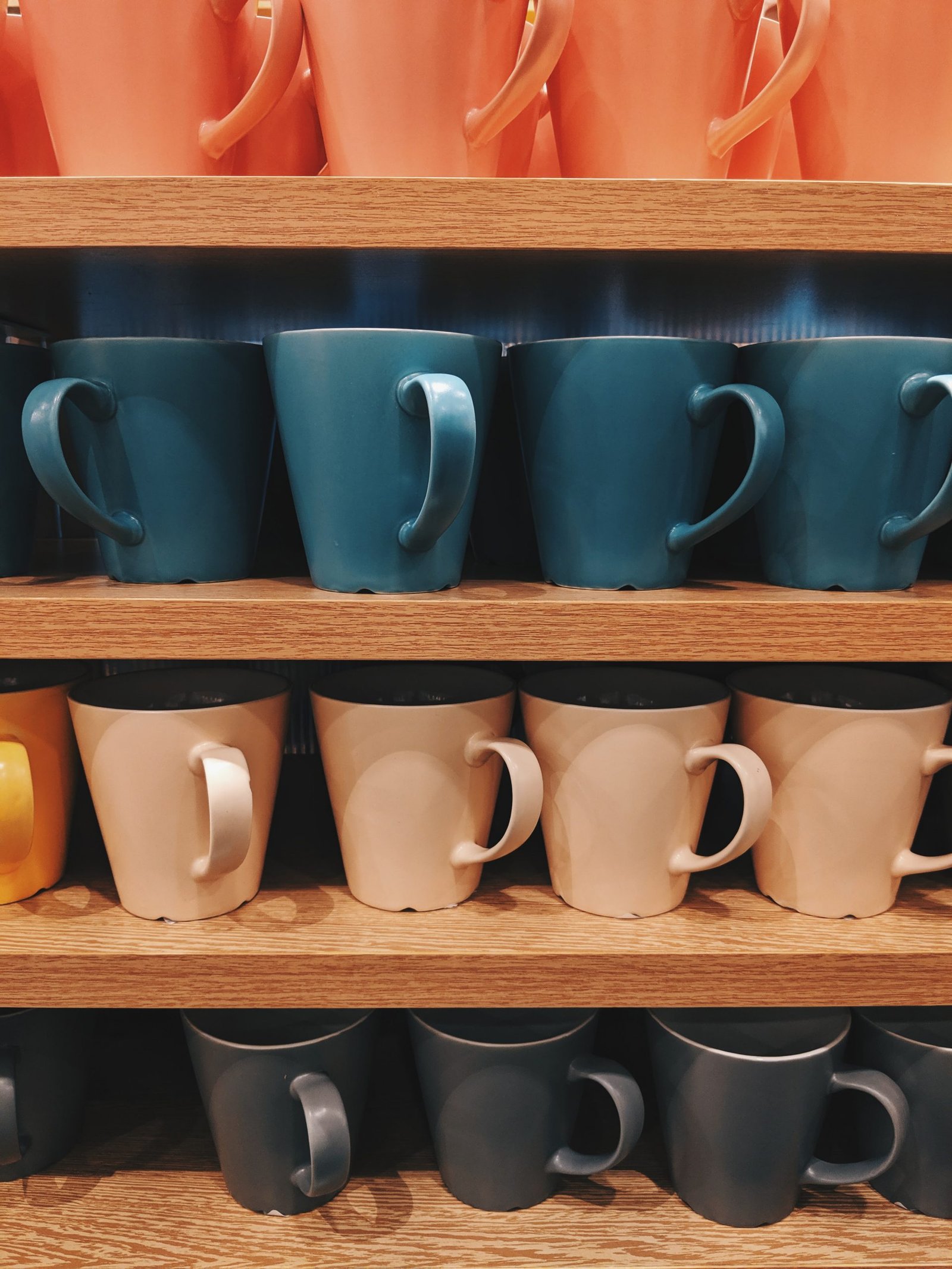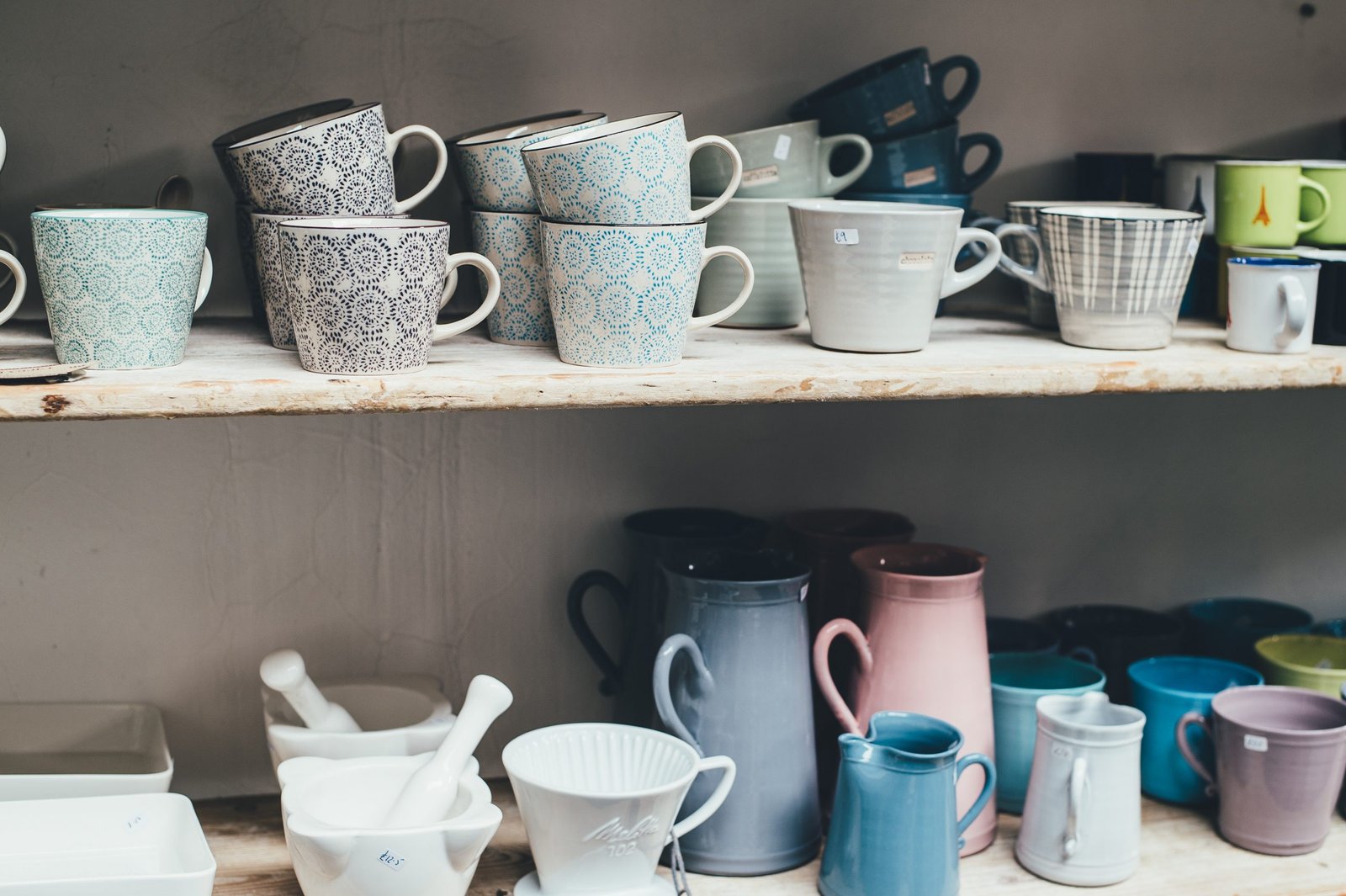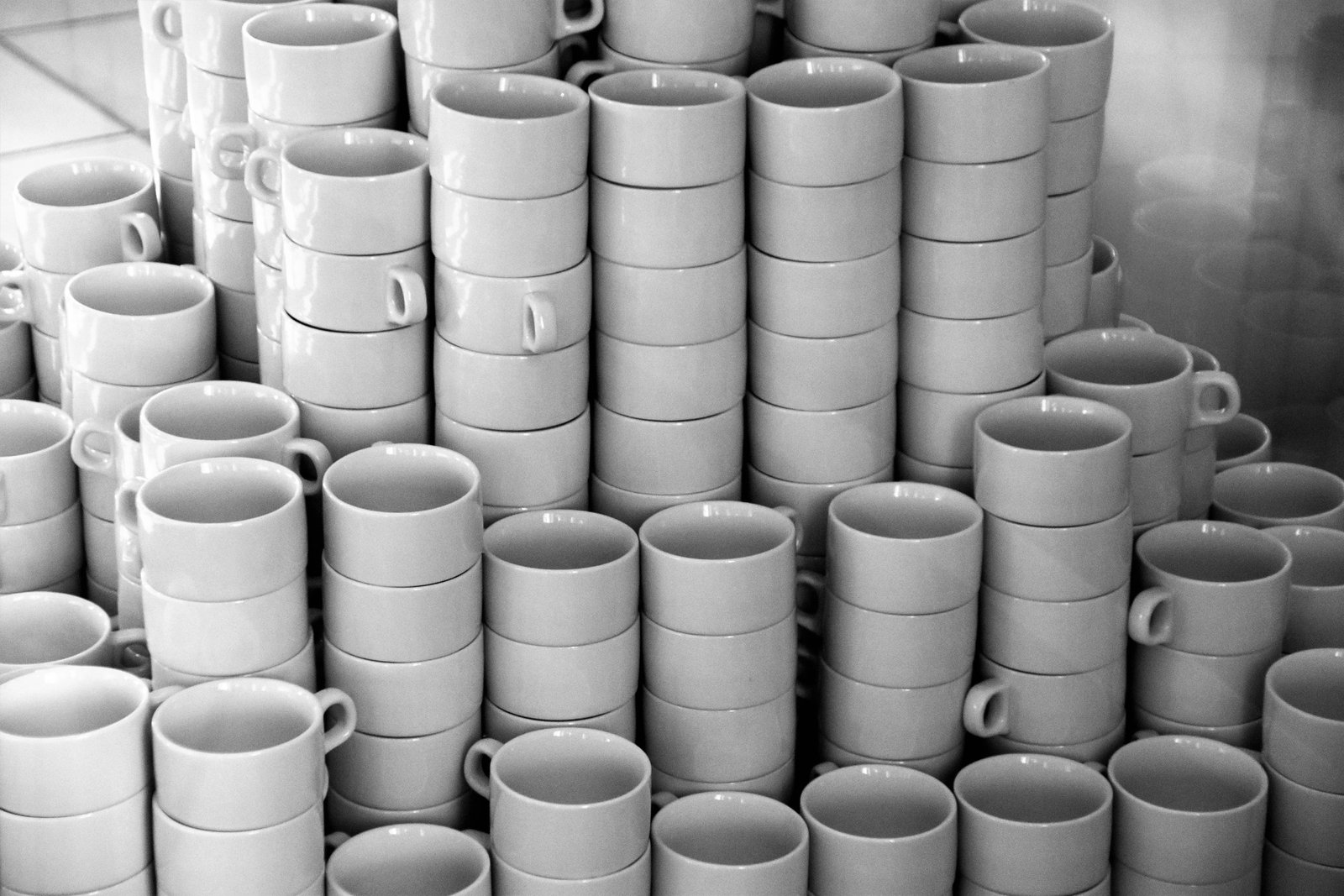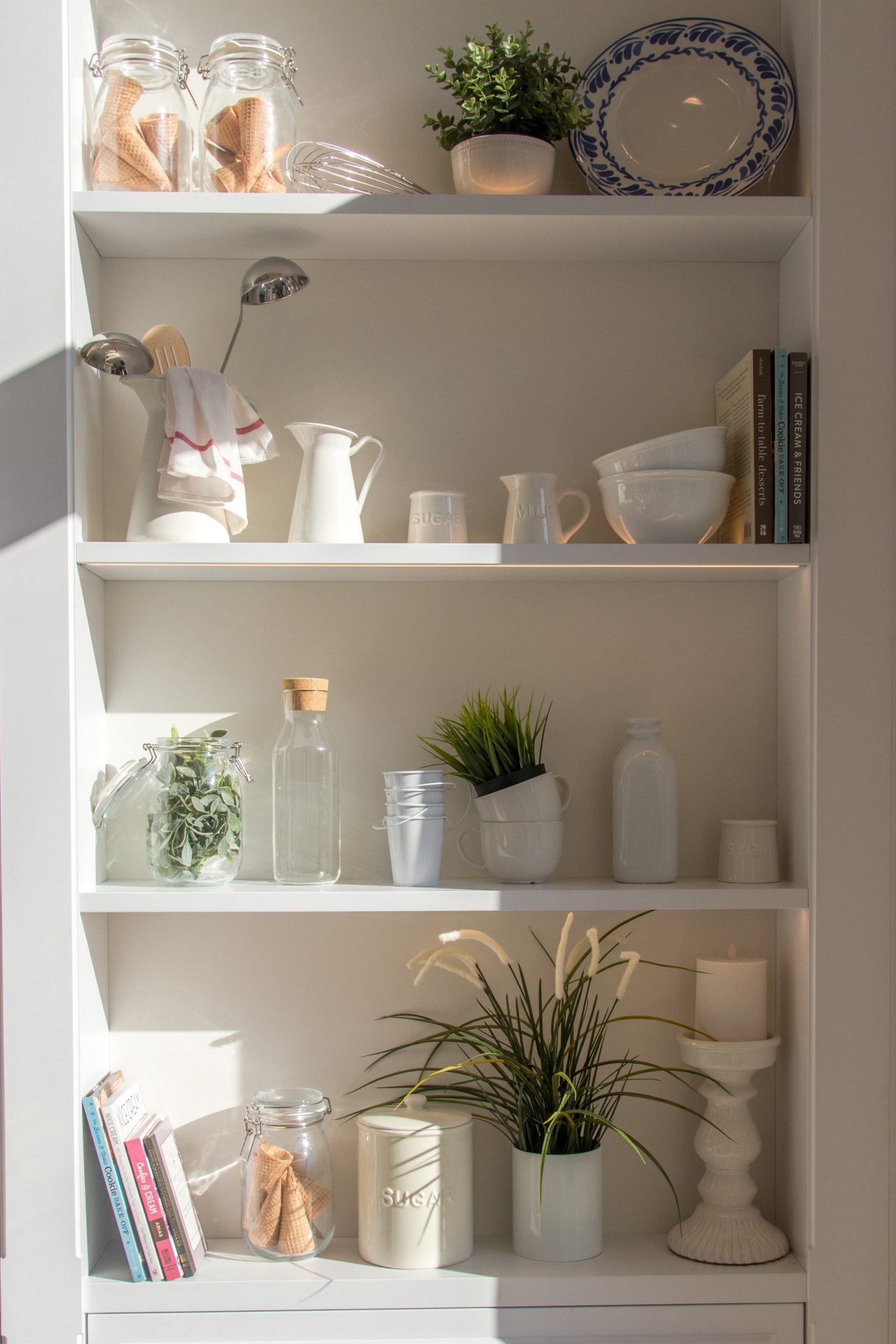
Plastic vs Glass: What’s Better For Drinking Glasses?
Acrylic drinking glasses are a practical alternative for your regular usage if you’re searching for the ideal drinkware.
Acrylic glasses are lightweight, cheap, versatile, and long-lasting, making them ideal for use in offices, restaurants, and factories. Is acrylic glass safe to consume?

Acrylic drinking glasses are less dangerous than other plastic drinkware when it comes to health and safety. It’s because they don’t include or release Bisphenol A, unlike other plastic drinking glasses. Bisphenol A, a potentially dangerous chemical that may cause several health problems including infertility, thyroid disease, metabolic disorder, and other hormone-related issues, is found in many products.
Given the growing awareness of these risks, there has been an increase in chemical exposure cases where individuals seek legal recourse for the health issues they have suffered, which they should. By holding manufacturers accountable, affected individuals can seek justice and contribute to broader efforts to improve public health and safety standards.
How to Determine if Your Acrylic Drinking Glasses are Safe
If you’re concerned about BPA and its effects on your health, you don’t have to be when it comes to acrylic drinking glasses. How can you be sure that you’re getting the right product and that it’s safe for you and your family? We’ve included a few suggestions here to assist you:
- Check the product details. You may double-check the product description to be sure you’re getting acrylic drinkware. If you buy plastic glasses from Drinkstuff, you’ll find useful information about the product, such as the material utilized, size, maintenance instructions, and so on.
- Know its SPI code. Sometimes, producers do not disclose the type of plastic they used in their items. You may want to double-check the SPI code on those drinking glasses before purchasing them to be sure. The numbers within a triangle printed on the bottom of most plasticware are known as SPI codes or Resin Identification Codes. The Society of the Plastic Industry (SPI) invented this number system to assist in the recycling of plastics. Acrylic is classified as a number 7 material.
- Look for labels that say “Hand wash” and “Dishwasher safe.” Unfortunately, BPA is also found in polycarbonate, which falls within the same chemical family as acrylic. If the product is labeled “Unbreakable” or “Dishwasher-safe,” and you can’t discover the BPA-free label, it’s probably polycarbonate.
Acrylic plasticware, whether transparent or colored, is typically labeled “Hand wash” or “Top-rack dishwasher safe.” So keep an eye out for these labels to ensure you’re getting acrylic drinking glasses and not polycarbonate ones.

Myths Dispelled About Acrylics
Acrylic is a transparent thermoplastic that is usually produced in sheet form. Technically known as Polymethyl methacrylate or PMMA, it is the man-made polymer of methyl methacrylate. It is recognized for its transparency, tensile strength, and UV resistance and has grown in popularity since it was first introduced to the market in 1933.
Is it made of plastic or glass?
Acrylic, which is often known as acrylic glass, is a non-crystalline vitreous substance that is frequently considered a variety of glass and occasionally referred to as acrylic glass. Acrylic is a type of plastic that looks like glass, but it’s recyclable, impact-proof, and wear-resistant like other plastics
Is acrylic breakable or unbreakable?
Acrylic is not as breakable as glass, although it does shatter somewhat. It has impact strength that is many times greater than that of glass and requires a tremendous amount of force to fracture. Acrylic also differs from glass in the fact that it will not shatter into tiny, potentially deadly shards.
Is it true that acrylic is superior to glass?
Acrylic is one of the most transparent polymers available, and it’s frequently used to replace the glass. Acrylic is a plastic material that has the same look and feels like glass. Acrylic, unlike glass, is light and shatter-resistant, allowing for simple handling and maintenance. Acrylic is also less expensive to produce and maintain. Although glass is the safest material for drinkware, some consumers prefer acrylic for practical reasons and the many benefits it offers.









